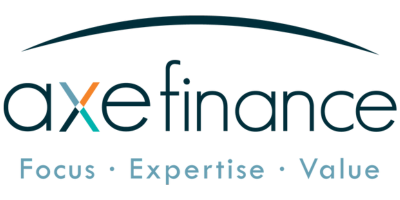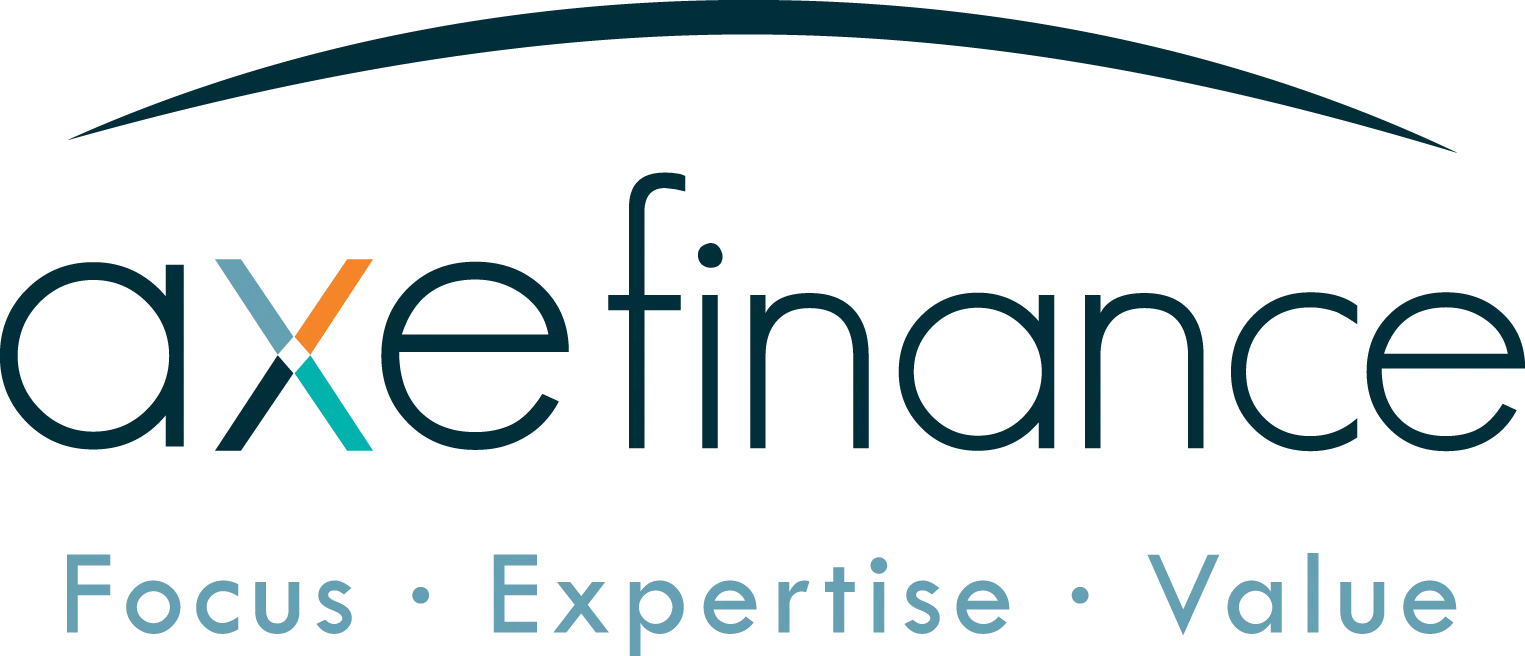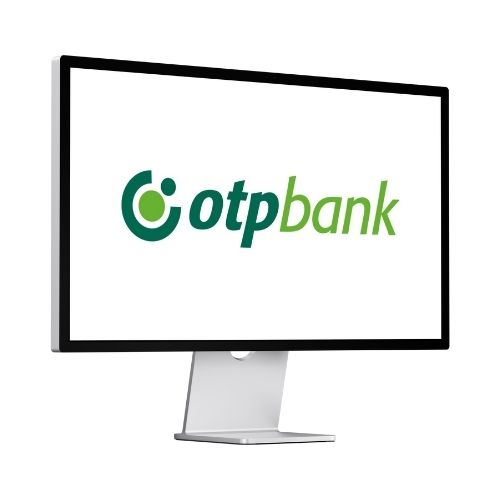Why Cashless Matters For Credit
Western Europe has long been at the forefront of cashless adoption. The EU Single Euro Payments Area (SEPA), real-time payments infrastructure, and PSD2-driven open banking have accelerated the shift. Importantly, digital transactions create behavioural exhaust that feeds more predictive underwriting and early-warning models. The shift matters not just for metropolitan centres like Paris, Frankfurt, and Madrid but also for rural areas and cross-border workers who depend on instant transfers. Several key signals show how digitalisation is affecting credit markets:
- Germany: card and digital wallet transactions overtook cash in 2023 for the first time; by 2024, over 55% of retail payments were electronic, with girocard and Apple Pay usage rising rapidly.
- France: according to the Banque de France, instant payment transactions grew by 45% in 2024, fuelled by strong adoption of Paylib and SEPA Instant rails.
- Spain: Bizum, the domestic instant payment app, recorded 2.8 billion transactions in 2024, signalling widespread consumer shift toward digital wallets.
- Italy: government incentives for cashless payments pushed POS and QR-code acceptance, with the Bank of Italy reporting annual growth of 20%+ in card transactions between 2022–2024.
- Regional overview: The European Central Bank’s 2024 payments report shows Western Europe leading globally: in markets like the Netherlands and the Nordics, cash usage is now below 10% of transactions.
Selected Adoption Signals
- Germany: girocard processed over 9 billion transactions in 2024, surpassing cash withdrawals. Apple Pay and Google Pay penetration doubled between 2022 and 2024.
- France: more than 15 million users activated Paylib’s instant service by 2024, with penetration in peer-to-peer transfers above 70% of mobile banking users.
- Spain: Bizum expanded into e-commerce, now accounting for 25% of online checkout payments in 2024.
- Netherlands: debit card and iDEAL transactions dominate; by 2024, over 90% of retail payments were electronic, making it one of the most cash-light economies worldwide.
- Regional NPL context: Western Europe’s average NPL ratio stood at ~2% in 2024, one of the lowest globally, but with rising concerns around consumer credit and BNPL delinquency.
These adoption metrics highlight a region that is highly advanced but far from uniform: the Nordics and Benelux are nearly cashless, while Southern Europe still balances a legacy cash culture with strong digital growth.
Credit Risk Management
Portfolio Health In Focus
Credit risk in Western Europe is shaped by high household leverage, mature banking penetration, and growing fintech competition. Northern markets like the Netherlands and Sweden show conservative credit cultures, while Southern economies face rising household indebtedness and weaker consumer protection frameworks.
- Germany: household debt-to-GDP stands at ~57% in 2024, stable but with increasing exposure to unsecured consumer lending and BNPL.
- France: NPL ratio remains low (~2%), but regulators highlight risks from rapid credit card and BNPL uptake among younger demographics.
- Spain: household debt (~55% of GDP) is lower than pre-2008 levels but rising with mortgage growth and instalment shopping trends.
- Italy: maintains modest household debt (~42% of GDP), but regional disparities exist, with northern urban centres driving digital credit growth.
- Regional lens: lenders must calibrate risk appetite by country and segment—urban vs rural, high-income vs lower-income, and euro vs non-euro (e.g., Switzerland).
Underwriting In A Cashless Economy: What To Actually Change
- Expand data coverage: leverage open banking APIs under PSD2/PSD3, transaction data from SEPA Instant, and e-commerce histories. French banks increasingly use Paylib and card data for affordability checks.
- Real-time affordability: apply rolling affordability models for gig workers (e.g., food delivery riders in Spain or Italy), where instant income feeds prevent over-lending.
- Channel-aware limits: wallets in Germany and France are often dual-funded (bank + card). Understanding this mix is crucial for liquidity modelling.
- Consumer vigilance: monitor BNPL stacking, particularly in France, Spain, and Italy where BNPL penetration is surging in e-commerce.
- Collections that learn: deploy behavioural nudges through digital channels first, escalating to traditional collections only when repayment risk is confirmed.
Fraud And Operational Risk On Instant Rails
Faster payments compress the window to detect scams. Across Western Europe, Authorised Push Payment (APP) fraud is rising sharply. Regulators in the UK, France, and Spain have tightened rules around strong customer authentication (SCA) and mandated higher liability for banks. Fraudsters increasingly exploit real-time transfers and socially engineered scams, targeting older and digitally inexperienced users.
- Integrate behavioural biometrics, device intelligence, and AI-driven anomaly detection into real-time flows.
- Apply step-up verification for cross-border instant payments or unusually high-value transfers.
- Work with EU-level fraud-sharing hubs and align with EBA’s latest AML guidelines to mitigate mule account risk.
Lending Transformation
From Payments Exhaust To Credit Insight
Western European lenders are converting payment exhaust into underwriting power. Utility bills, subscription payments, and e-commerce instalments provide dynamic insights into repayment capacity, especially valuable for thin-file borrowers like younger adults or gig workers.
- Thin-file scoring: telecom and rent payment histories are increasingly integrated into bureau models across France, Spain, and Germany.
- SME working capital: acquirer and POS data in Italy and Spain is used to dynamically adjust credit lines for small merchants.
- Embedded credit: e-commerce and mobility platforms (e.g., Klarna, Scalapay) are embedding BNPL and revolving credit, reshaping consumer lending.
Governance And Stress Testing
- Model a 10–20% further shift from cash to instant payments, recalibrating PD/LGD assumptions with behavioural data.
- Overlay ECB rate policy: higher-for-longer rates impact affordability unevenly across euro economies.
- Stress-test fraud shocks: simulate real-time fraud velocity vs repayment capacity.
Cross-Border Instant Payments And Remittances
Why Lenders Should Care
Cross-border instant payments are central to Western Europe’s financial fabric. Migrant worker inflows and intra-EU remittances—from Portugal to Luxembourg, or Spain to Germany—reshape disposable income and credit capacity. The EU’s push for SEPA Instant across all member states by 2025 ensures cross-border affordability checks will become faster and more granular.
What To Add To Your Credit Playbook
- Cross-border affordability: integrate remittance inflows into affordability models, especially for households in Spain, Portugal, and Italy.
- FX and settlement risk: monitor exposure in non-euro economies (e.g., Switzerland, UK) where borrowers may hold euro-linked debts.
- Fraud vectors: elevate scrutiny for high-risk cross-border corridors until sufficient behavioural data is collected.
Quick Checklist For Risk Leaders
- Data: embed PSD2/PSD3 APIs, SEPA Instant data, and card scheme signals; ensure explainability of AI models.
- Policy: align affordability models with EU’s Consumer Credit Directive and emerging BNPL regulations.
- Fraud: scale EU-level fraud alerts; apply SCA controls for vulnerable groups.
- Ops: move to same-day collections triggers and real-time line adjustments.
- Compliance: maintain clear audit trails for ECB and national regulator oversight.
Conclusion
The cashless shift in Western Europe is ultimately a credit story: richer data for underwriting, faster rails for funding and collections, and stricter guardrails for fraud and delinquency. The central tension remains—inclusion vs over-indebtedness, speed vs exposure—but lenders who adapt models to real-time data will thrive. By combining governance discipline with innovation—PSD2/PSD3 APIs, SEPA Instant integration, BNPL oversight, and behavioural fraud detection—Western European lenders can position themselves for sustainable growth in an era where cash is no longer king.








